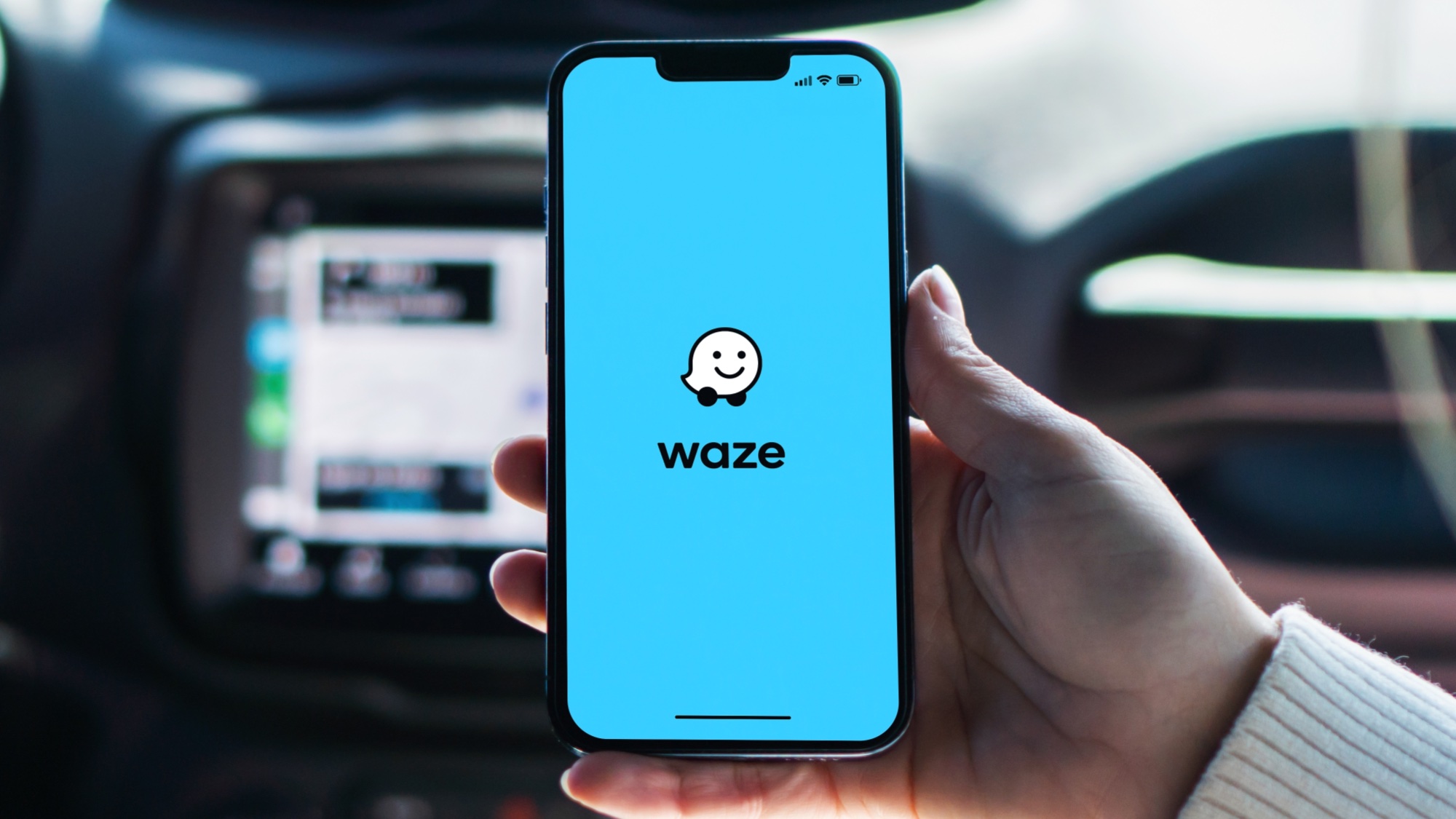Hisense U75QG vs TCL QM7K: Which mid-range Mini-LED TV should you buy?
Two value-intensive Mini-LED TVs go toe-to-toe to see which one reigns supreme
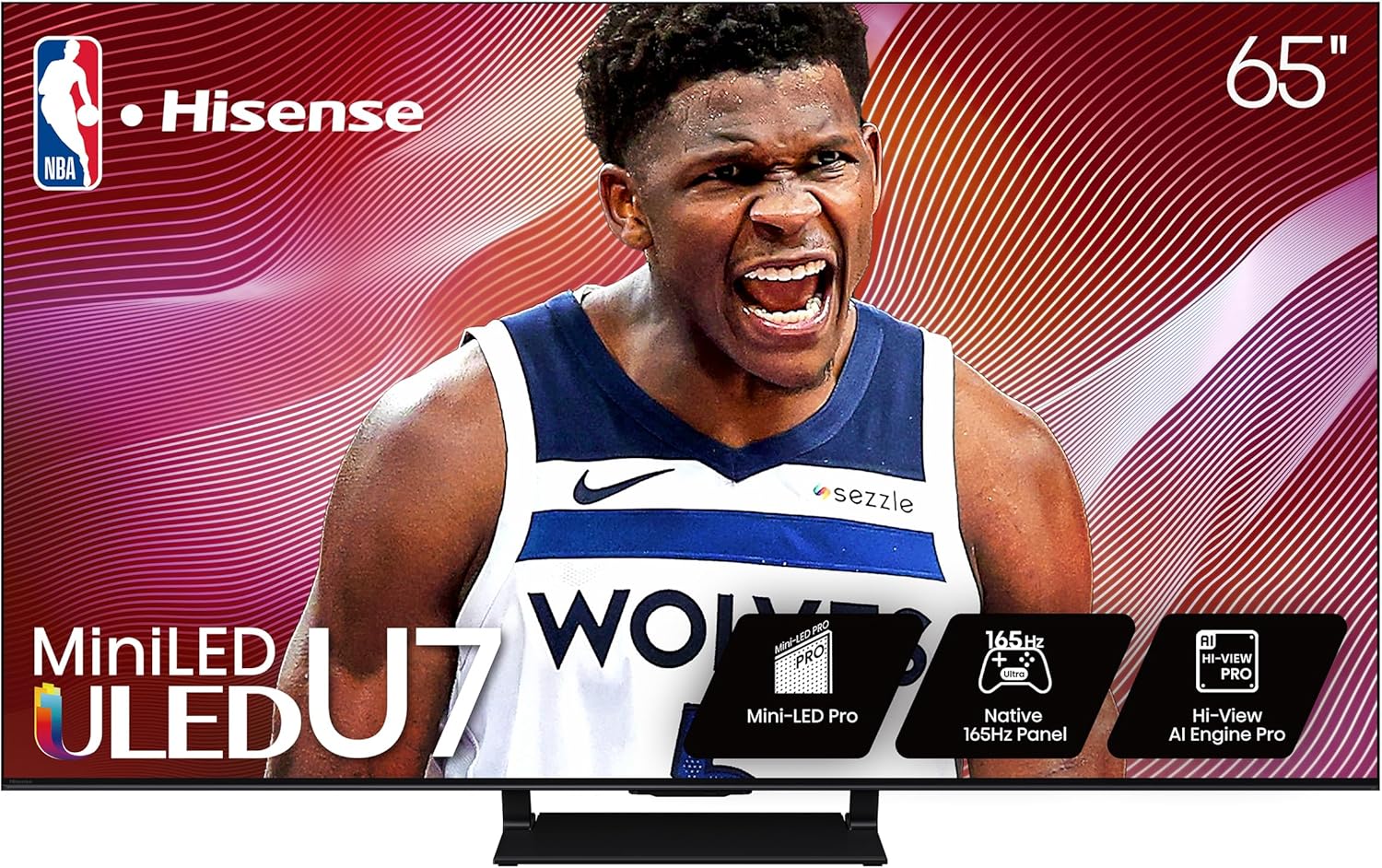
The Hisense U75QG offers serious HDR performance and high brightness metrics. Its slew of gaming features makes it a top pick for console and PC gamers, but it's not the most ideal for bright rooms.
Pros
- Incredible HDR performance
- Bonkers brightness
- Tons of gaming features
- Budget price
Cons
- Middling audio
- Reflective screen
- Poor off-axis viewing
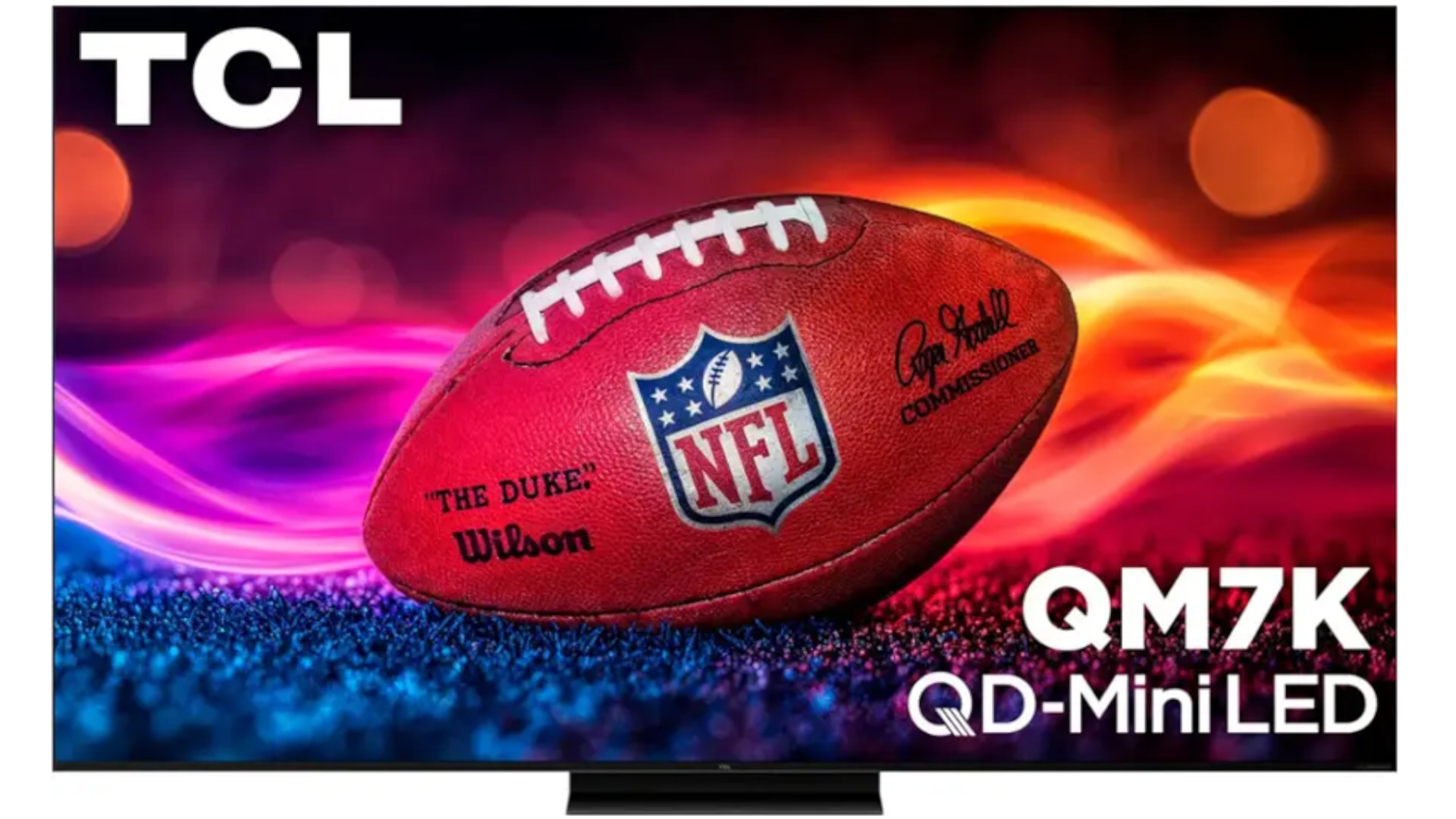
The TCL QM7K is a terrific mid-range Mini-LED TV with a bright, colorful picture and exceptional VRR features. However, it only has two HDMI 2.1 ports and middling audio. As far as affordable Mini-LED TVs are concerned, it's a great pick.
Pros
- Impressive HDR brightness
- Excellent Google TV operating system
- High VRR capabilities
Cons
- Off-angle and bright-room viewing issues
- Only two HDMI 2.1 ports
- Poor audio
The Hisense U75QG Mini-LED TV and the TCL QM7K Mini-LED TV are two of the best mid-range Mini-LED TVs we've seen in 2025. They're exceptionally priced and full of awesome features that will please both gamers and cinephiles alike.
With Black Friday quickly approaching there's no better time to figure out which of these mid-range marvels is worth your hard-earned dollars.
That's why we're putting them head-to-head in a battle for mid-range supremacy.
Hisense U75QG vs TCL QM7K: Specs compared
| Header Cell - Column 0 | Hisense U75QG | TCL QM7K |
|---|---|---|
Sizes | 55", 65", 75", 85", 100", 116" | 55", 65", 75", 85", 98", 115" |
Ports | 4x HDMI 2.1 | 2x HDMI 2.1 |
Resolution | 3,840 x 2,160p | 3,840 x 2,160p |
Refresh rate | 120Hz (up to 165Hz) | 144Hz |
HDR | Dolby Vision, HDR10+, HDR10, HLG | Dolby Vision, HDR10+, HDR10, HLG |
Smart TV software | Google TV | Google TV |
ATSC 3.0 support? | Yes | No |
Processor | Hi-View AI Engine Pro Processor | AIPQ Pro Processor |
Hisense U75QG vs TCL QM7K: Design
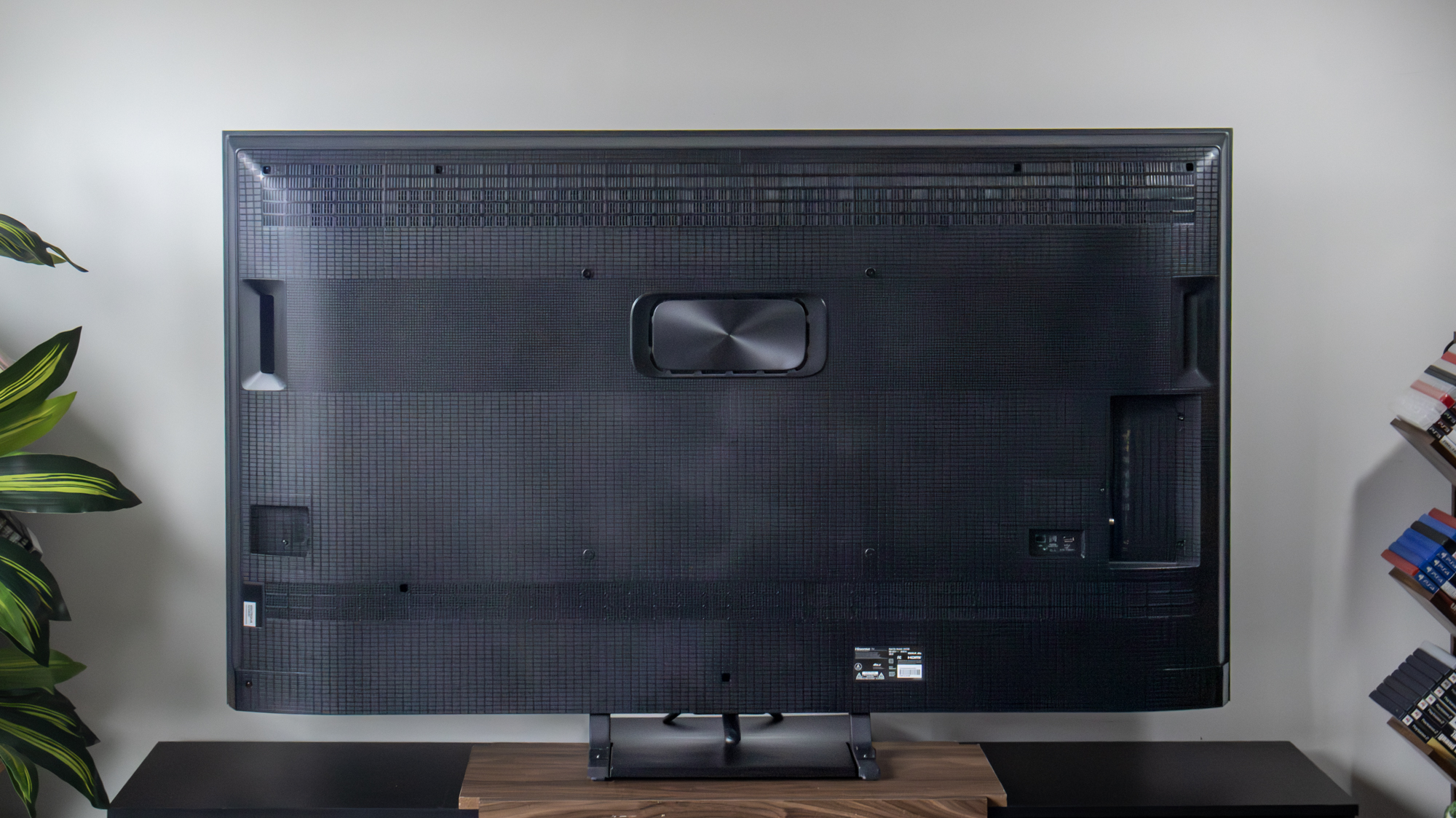
Both sets are very similar in design and, by LED-LCD standards, are also rather thin, evidenced by the 3 inches and 2.2 inches of depth on the U75QG and QM7K, respectively.
You can either set them up on the included stands, which are a bit cheap-feeling for both models, or use a wall mount via their individual VESA configurations. The 65-inch QM7K might be a better option for wall mounting, as it's slightly less heavy. For reference, the QM7K weighs 39.6 lbs without the stand, while the U75QG weighs 47 lbs.
While you can expect some serious brightness from both sets to help in stamping out glare, their panels are also equipped with glossy anti-reflective coating. Despite that, they still showed some reflections in brighter environments.
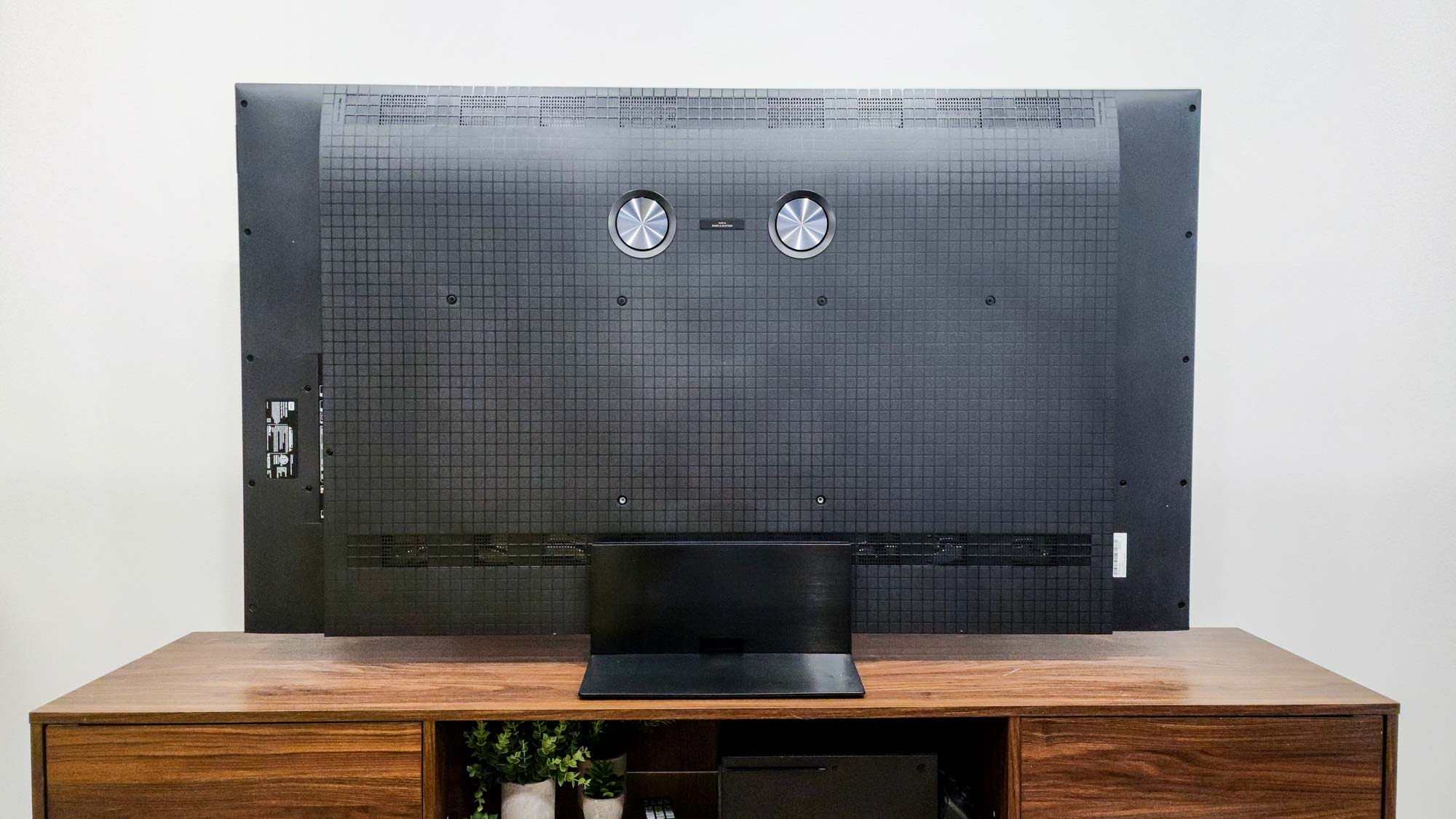
Both TVs offer middling speaker systems that vary slightly depending on the screen size: Most models in the QM7K series have a 2.2-channel system on a 60W output, but the 115-inch model uses a 100W 4.2.2 system. The Hisense U75QG speakers similarly differ across sizes, with 55-inch to 85-inch models featuring a 2.1.2 system on a 50W output, and 100-inch and 115-inch models using a 6.2.2 system at 60W of output.
Get instant access to breaking news, the hottest reviews, great deals and helpful tips.
The remotes across both TVs are very different. The TCL QM7K is noticeably smaller than the U75QG's version and comes in black, whereas the Hisense remote is longer and is chrome silver. Personally, I like the TCL version a bit more, but the Hisense remote offers backlit buttons, which I do like for nighttime viewing.
Although the TCL QM7K is a bit less weighty and has a slightly better speaker system, both TVs are very similar in design. We're going to have to call this one a tie.
Winner: Draw
Hisense U75QG vs TCL QM7K: Performance

Before diving into their individual performance, here's a look at how these two Mini-LED TVs performed in our lab tests.
| Header Cell - Column 0 | Hisense U75QG | TCL QM7K |
|---|---|---|
SDR Brightness (10%, in nits) | 2,222 | 1,991 |
Delta-E (lower is better) | 2.8 | 1.4 |
HDR Brightness (10%, in nits) | 3,338 | 2,350 |
UHDA-P3 Gamut Coverage | 94.90% | 96.98% |
Rec. 2020 Gamut Coverage | 76.19% | 79.22% |
Input latency (milliseconds) | 9.8 | 13.1 |
The reason you're shelling out for a mid-range model is better performance over a budget TV. And both TVs deliver the goods here, particularly when it comes to brightness and color volume.
When it comes to luminance, the Hisense Mini-LED TV laps the QM7K by a wide margin. Our test results show the U75QG hitting over 2,200 nits in SDR and over 3,300 nits in HDR, which is remarkable, especially against the QM7K.
Color coverage is very similar across both TVs, with the differences favoring the QM7K. Despite the TCL Mini-LED TV covering slightly more of both the UHDA-P3 and the Rec2020 gamut, the differences here will largely be imperceptible to most people.
The most notable difference is color accuracy, where the QM7K excels, with a remarkably low Delta-E score of 1.4 — roughly half that of the U75QG. Lower is better when it comes to color variance (Delta-E) with lower scores being more accurate to the director's intent.
Speaking of directors, the Hisense U7QG wowed me in movies like "Oppenheimer" and "The Batman," both of which looked incredible on this screen, particularly in Filmmaker mode. Our QM7K reviewer, Matthew Murray, said the same thing about that set and he particularly enjoyed the heavily shadowed and black-and-white scenes that pop up in "Dune: Part Two".

For gamers, the U75QG also offers stellar input latency at 9.8ms, just under the 10ms we like to see for most TVs, whereas the TCL QM7K comes in at a slightly higher 13.1ms. While this is probably fine for most users, competitive gamers will probably want the screen with the lowest input latency.
Despite having anti-reflective screens, both TVs still struggle in bright room performance. My living room gets particularly sunny in the day, and the Hisense U75QG struggled, especially with darker movies and shows. The same is true for the TCL QM7K.
Despite a number of similarities in the performance department, the Hisense U7QG is the better pick, offering eye-watering brightness over 3,000 nits.
Winner: Hisense U75QG
Hisense U75QG vs TCL QM7K: Smart platform and features
The similarities don't just extend to design, as the TCL QM7K and Hisense U75QG both use Google TV as their main interface. This means the general user experience and functionality will be the same, with menus and settings largely identical.
Google TV is one of our favorite interfaces, given its slew of features and free content. It stands out from the likes of Roku and Fire TV due to Google's robust app catalog and integrated smart features, like Google Home.
Both are serious winners for gamers, too. The QM7K offers a refresh rate up to 144Hz for PC gamers, while the Hisense U75QG reaches 165Hz. Console players will also be more than happy with their individual VRR features, but the U75QG offers four HDMI 2.1 ports versus just two on the TCL model.
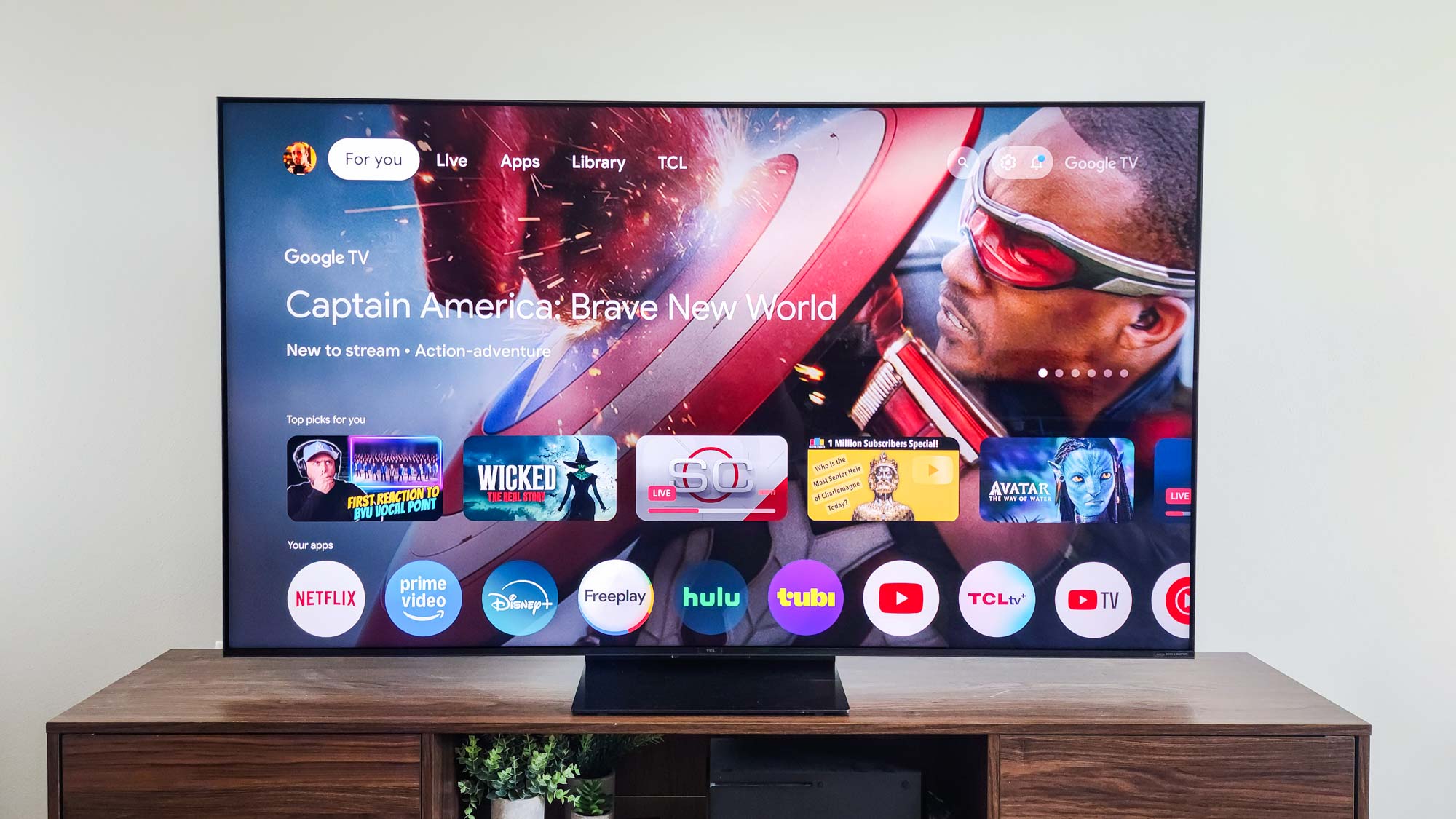
Another setback on the QM7K is the absence of an ATSC 3.0 tuner. The Hisense U75QG comes equipped with the spec, offering viewers free OTA channels via Nextgen TV. While 4K broadcasts are still relatively sparse, having the future-proofed spec is definitely better than not.
The Hisense U75QG also supports Wi-Fi 6E, whereas the TCL QM7K is simply equipped with Wi-Fi 5. The main difference here is that the Hisense model will offer improved speeds and stability, though this will also depend on your router.
Given its gaming performance and better specifications, the Hisense U75QG is definitely a more feature-rich Mini-LED TV.
Winner: Hisense U75QG
Hisense U75QG vs TCL QM7K: Outlook
| Header Cell - Column 0 | Hisense U75QG | TCL QM7K |
|---|---|---|
Specs (25) | 22 | 22 |
Design (25) | 18 | 18 |
Performance (25) | 23 | 21 |
Features (25) | 24 | 22 |
Total Score (100) | 87 | 83 |
The Hisense U75QG and TCL QM7K two similar Mini-LED TVs, but I do think one is far superior to the other despite their similar flaws.
The Hisense U75QG simply offers far more for its worth. Gamers get a well-equipped screen that's also lightning fast, thanks to its low input latency. It might not have the higher color coverage and accuracy, but you probably wouldn't notice the differences even if these two TVs were set up next to each other.
However, if price is a concern and you'd rather save on a great display than get the most robust set of features, you can't go wrong with the QM7K. Right now, the 65-inch TCL QM7K is just $947 on Amazon, while the 65-inch Hisense U75QG is currently $1,043 on Amazon. For an extra $100, it's worth going for the Hisense, but we wouldn't blame you if you stuck with the TCL to save money.
Overall, I think you can't go wrong with either TV, but gamers and general cinephiles might like the broader features, picture performance, and improved brightness on the Hisense model, especially if you're paying around $1,000 for a new TV upgrade.
More from Tom's Guide

Ryan Epps is a Staff Writer under the TV/AV section at Tom's Guide focusing on TVs and projectors. When not researching PHOLEDs and writing about the next major innovation in the projector space, he's consuming random anime from the 90's, playing Dark Souls 3 again, or reading yet another Haruki Murakami novel.
You must confirm your public display name before commenting
Please logout and then login again, you will then be prompted to enter your display name.
